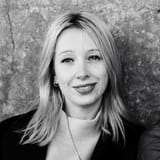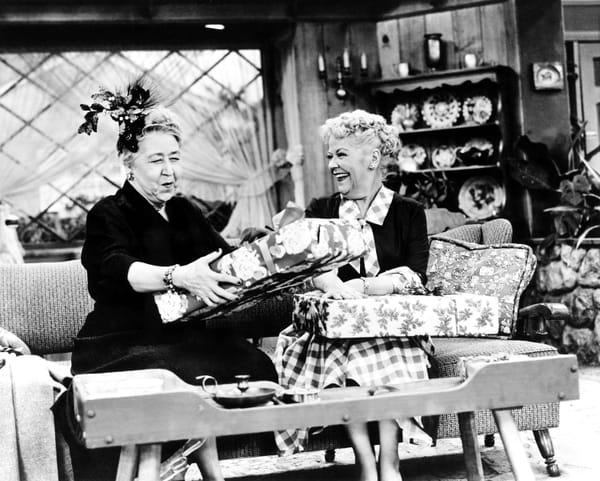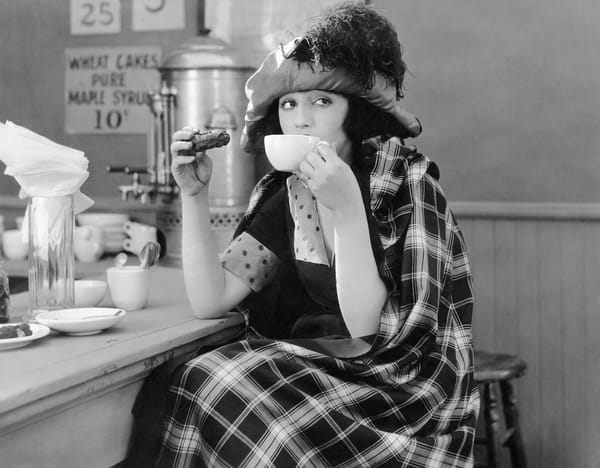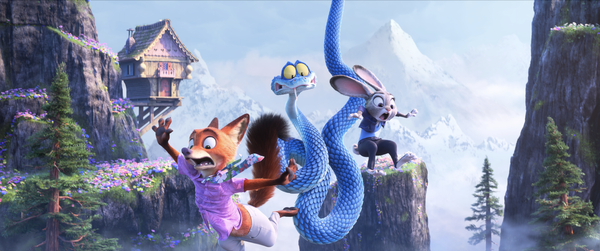Even Jane Goodall Had a Sexist Boss
A new book by the anthropologist Keriann McGoogan reveals the drama behind the rise of the world's most famous women primatologists.
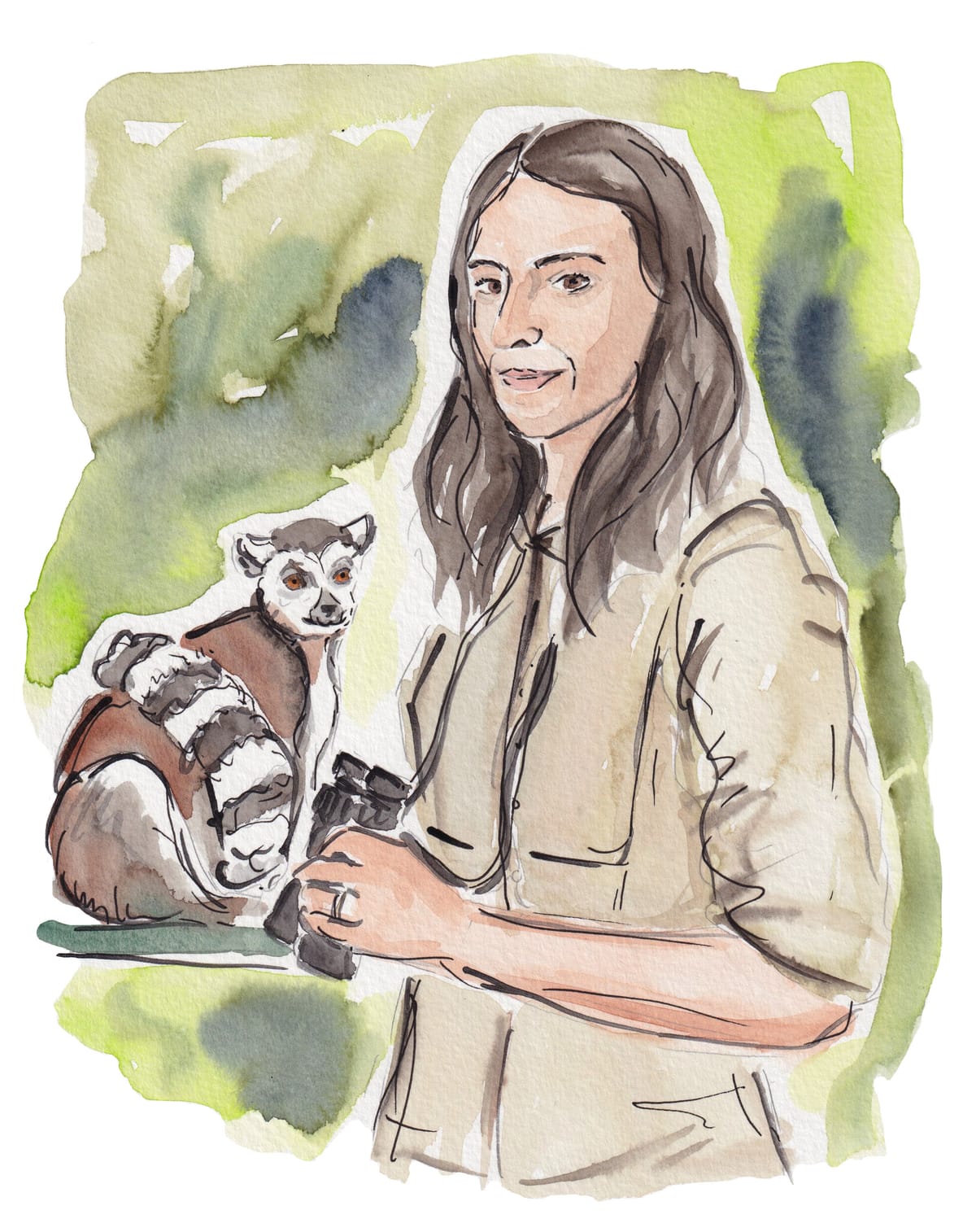
In the flurry of obituaries that followed the death of the primatologist Jane Goodall in September, one detail was missing: the fact that, even though she was highly accomplished; even though her research challenged received wisdom about primates, their uses of tools and therefore what it was to be human; even though most of her work involved being alone in the jungle—she was still forced to fend off the inappropriate overtures of a sexist boss.
Goodall met Louis Leakey, the paleoanthropologist renowned for his work on early human fossils, on a trip to Nairobi in 1957. She was 23, he was in his mid-50s. After he hired her as his assistant (a position previously filled by at least two women with whom he had had affairs), he gave her a job at the local natural history museum and, in July of the same year, took her on an archaeological dig in Olduvai, in Tanzania.
She was thrilled: “If I go it will be miles from anywhere in lion and rhino country, working very hard at digging up bones, very rough conditions—and absolute heaven,” she wrote in a letter to her family. What Leakey didn’t tell her was that the trip was, in part, a test: Did Goodall have the gumption needed to make the journey to Gombe National Park in Tanzania to study chimpanzees? Clearly, she did. The rest is history.
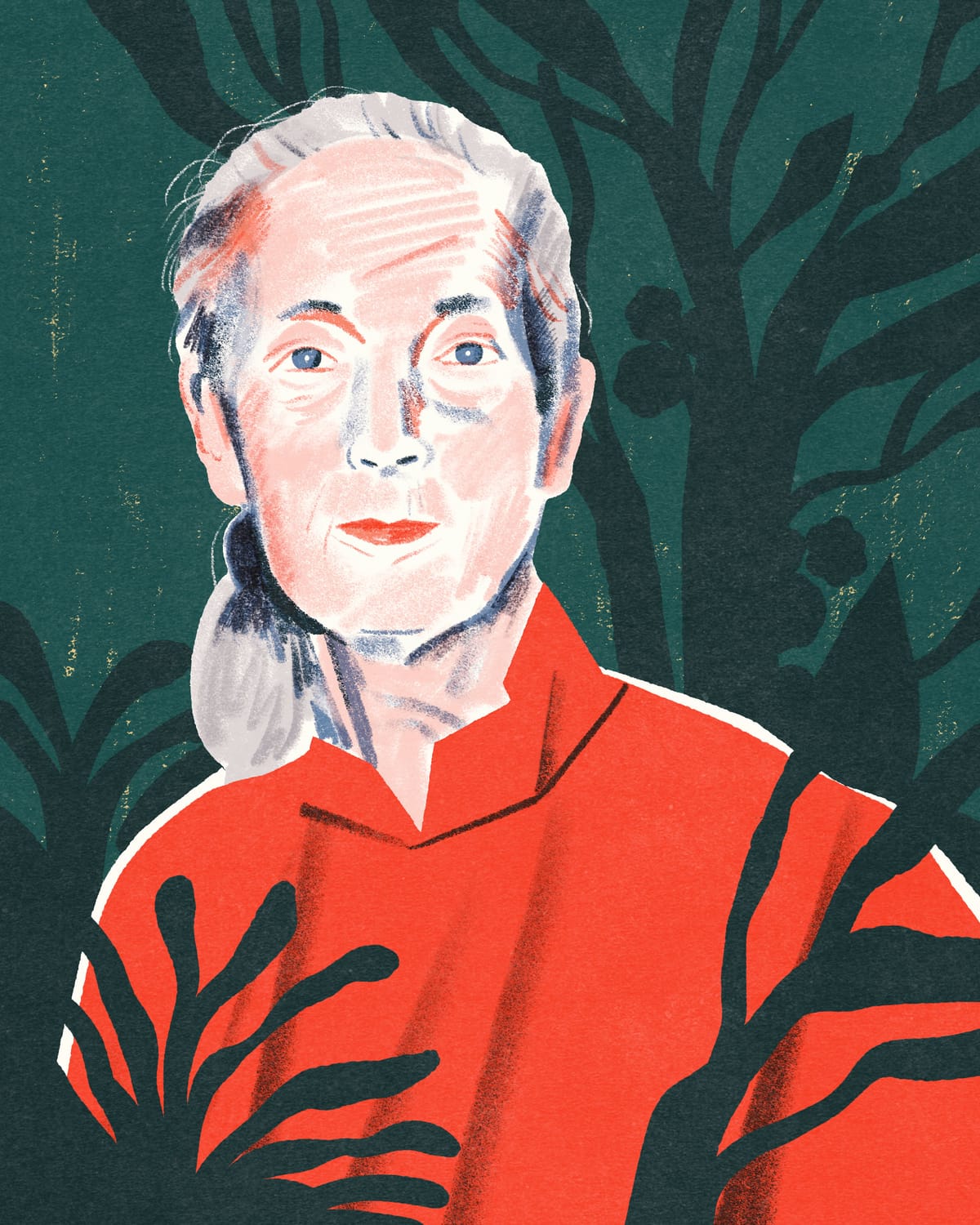
Goodall isn’t the only woman Leakey championed in the field. To his credit, he played a foundational role in the careers of, among others, Biruté Galdikas, best known for her studies of orangutans in Borneo, and Dian Fossey, she of “Gorillas in The Mist” fame, whose pioneering research shed new light on gorilla behavior. (Leakey came up with a catchy, if rather patronizing, nickname for the three of them: “The Trimates.”)
The official (also rather patronizing) reason for Leakey’s decision to champion women, writes the primatologist Keriann McGoogan in her new book, “Sisters of the Jungle,” is because Leakey believed “women would make better observers than men.” But he clearly had ulterior motives, too: He “would listen in on [Goodall’s] private phone calls and invite her on overnight camping trips,” writes McGoogan. He sent her roses and tried to hold her hand. Goodall grew frustrated. “I begin to see why [Leakey’s wife] Mary has taken to the brandy,” she wrote in a letter home.
Eventually Goodall’s mother Vanne, who accompanied her on many of her expeditions, “thrashed it out with Leakey until he agreed to be ‘merely a father’ to her,” McGoogan writes. Fossey wasn’t so lucky: Although she had also spurned Leakey’s advances, he bombarded her with love letters and eventually, in 1968, took her on safari to south-central Kenya where the pair “stayed in luxurious tents, dined on terrific food and drank fine wine.”
McGoogan quotes one of Fossey’s biographers, who wrote: “Dian succumbed to the romance of star-filled nights on the sweet-smelling savannah.” But it wasn’t long before she regretted it: Leakey continued to write love letters, which she didn’t reply to. In her diary, she wrote: “Don’t know what to do about L. God—what a mess.”
'Don’t know what to do about L. God—what a mess.'
But as Goodall, Fossey and Galdikas achieved success—in spite of Leakey’s behavior—something magical happened. Women saw them, and other primatologists, like Linda Fedigan, Jeanne Altmann and Sarah Hrdy, doing something they loved. And they followed them in their footsteps.
Primatology is now a female-dominated field. In fact, depending on which data you’re looking at, women make up somewhere between half and 60% of scientists studying primates. McGoogan, a primatologist who has spent two years in Madagascar studying endangered lemurs (and who wrote a memoir, Chasing Lemurs, afterwards), says that “90% of my undergrad class were women.” On one of her first trips into the field, to study howler monkeys in Belize, “there were 17 women and one man.”
In her book, McGoogan seeks to understand why this is. Why, when science is so male-dominated, are women so drawn to primatology? McGoogan discussed this with The Persistent over a video call. The conversation has been edited for length and clarity.
You spend the whole book trying to figure out why primatology is female-dominated. One phrase that kept coming back to me while I was reading was, “if you can see it, you can be it.”
For sure. That was a big part of it—the “National Geographic effect.” Jane Goodall, Dian Fossey, Biruté Galdikas, the fact that they were splashed on the covers of magazines, there's no doubt that that had an impact. They were role models, and that didn't exist in many other disciplines.
What I really learned was that each one was just so different. Jane Goodall, who had this love for animals her whole life, and it was her dream to travel to Africa and see them in the wild. Jean Altman, who had never been camping in her life, but met a biologist studying monkeys and ended up starting one of the longest-term field sites studying baboons in Kenya. And Sarah Hrdy, who came from a wealthy family and ended up, galvanized by the feminist movement, wanting to study female primates.
One theme is Leakey, who was a huge champion of women in the field—but who also appeared to enjoy having power over women. How did you deal with that tension?
As I was reading the women's stories, he kept coming up. It's not black and white: on one hand, there was no way that they were going to send a 26-year-old woman to Gombe to study chimpanzees, right? Somebody had to go to bat for Jane, and that was Louis Leakey.
But on the other hand, he had this stereotypical view that women made better observers, that they were more patient, and that they were the ones that needed to study wild primates. That's what led him to sponsor Jane, Dian and Biruté to go and study these apes in the wild.
You wouldn't get away with that kind of thing now. It was a different time. It was a very complicated story.
And then there's the other part of him. He cheated on his first wife, Frida; there are rumors that he had multiple other relationships. You see in some of Diane's writings that she he wasn't sure how to deal with him, same with Jane Goodall. There's awkwardness there.
You wouldn't get away with that kind of thing now. It was a different time. It was a very complicated story.
There's a lot of drama in the book. There's romance! There's murder! Is that why we’re drawn to these stories?
In the 1960s and ‘70s, the pervasive view was that women were going to be at home. But these women were living among primates, finding out things we never knew. The orangutan pet trade was one of the first things Biruté discovered, then she fought to make the area she was working into a reserve, and she was coming up against forestry companies, government officials.
How do you do that? It’s just mind-blowing. Even though I went to the field at around the same age as them, at 23, the site was well set up and already running. We had a cabin, and my supervisor had been there for years before I went there—whereas these women went for the first time.
We're often interested in these male explorers that are going out and discovering new lands. But you don't often see histories of these intrepid women.
How supportive of one another were these women?
When I talked to Sarah Hrdy [a primatologist who has studied primate infanticide and maternal relationships], she talked about how she had gone to Dian Fossey’s home and admired this ashtray that she had that was in the shape of a primate. And then she went home to find this package sent by Diane—with that ashtray in it.
There are little moments like that which indicate to me that it was very collaborative. Maybe this is something to do with women being in power and supporting each other—but support is the message I get loud and clear.
Talk to me about the “big brown eye hypothesis.” There's almost an implication that, because women can be mothers, that then they extend their mothering instinct to primates. Did media coverage at the time exacerbate that?
The big brown eye hypothesis is the idea that women are drawn to primatology because primates are cute and cuddly. It’s kind of a dismissive term—there were men that studied primates before, but nobody ever came up with this terminology for them.
Biruté Galdikas is the one that you often see cradling these [primate] infants, partly because she was doing a lot of work with the pet trade. Same with Dian Fossey—she had this kinship with the gorillas, she viewed them as her friends and she would get up close with them. She also rescued a few infant gorillas from being sent to zoos because that was happening in the background.
It frustrated me that these women were pushing the boundaries of science in the middle of the jungle and they were still held to a ludicrously high beauty standard. At one point, Dian Fossey falls in love with the photographer Bob Campbell, who says she “could transform herself into a startlingly attractive woman” but that when she was in the field, she “looked terrible.” Ouch.
Poor Dian. Growing up, she had a mom who was critical of her looks. She always felt insecure—she was very tall; and then this.
It’s this double standard that women face: “I'm supposed to be doing field work, living in the bush, chasing after primates—and then I also have to wear makeup and have my hair done.” I wish I could talk to Dian and ask her what she thought of that. Because, yeah, it’s brutal.
There seemed to be some white saviorism going on. The women all had local porters and assistants and translators, but they're not named. History has, generally, dismissed the work of these people. Did you ever feel uncomfortable about that?
When I was digging into who I could write about, this was very front of mind. They're all white women. Some of them came from affluent families.
As you trace it through time, you see a shift. Jeanne Altmann [another primatologist covered in the book, who has studied baboons], for instance, has a research site in Kenya which has been running for longer than 20 years. She had this eye-opening moment where she realized that field assistants should be authors on publications. “They're doing just as much as we are, if not more,” she said. She was one of the first to sponsor people and build them up and give them their due.
That's what we see more and more in primate research. There's a lot more discussion about making sure people who are living in the habitat countries and doing the research are the ones who are getting the credit for that. I was just at the International Primatological Society Conference in Madagascar—in the past, you'd go to these conferences, and it would be all the people from the U.K. or North America giving the presentations. But this year there were a lot of Malagasy authors giving the talks.
There is definitely a shift. And it's still not perfect, but it's happening. It's definitely something we're all thinking about.
How does it feel being a woman in primatology now? What are your experiences of it?
I’ve had the benefit of having all of these women come before me. It’s empowering.
There are still challenges. When I went to Madagascar, we did this field expedition to a really remote area. It was me and a dozen men. There are challenges with that, the way people would treat me was different, and even just getting your period when you're in the field—men don't have to think about that.
But overall, my experience has been positive and I have the women I wrote about in the book to thank for that. They went through a lot before me to lay the groundwork and make it possible.
Like this story? Sign up to get The Persistent's twice-weekly newsletter.

